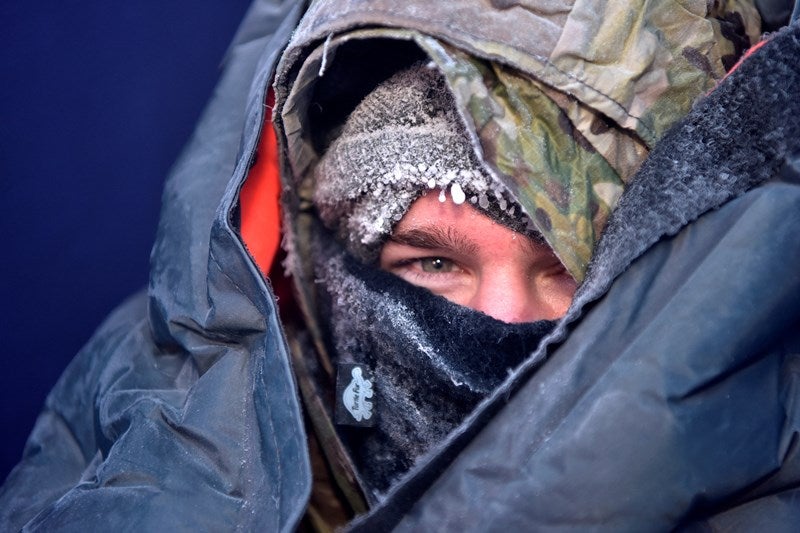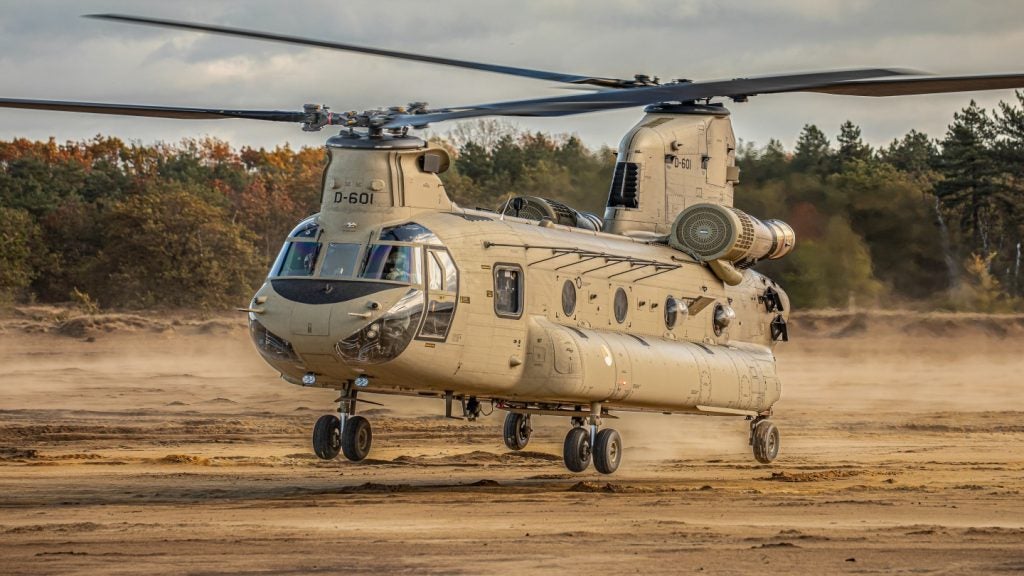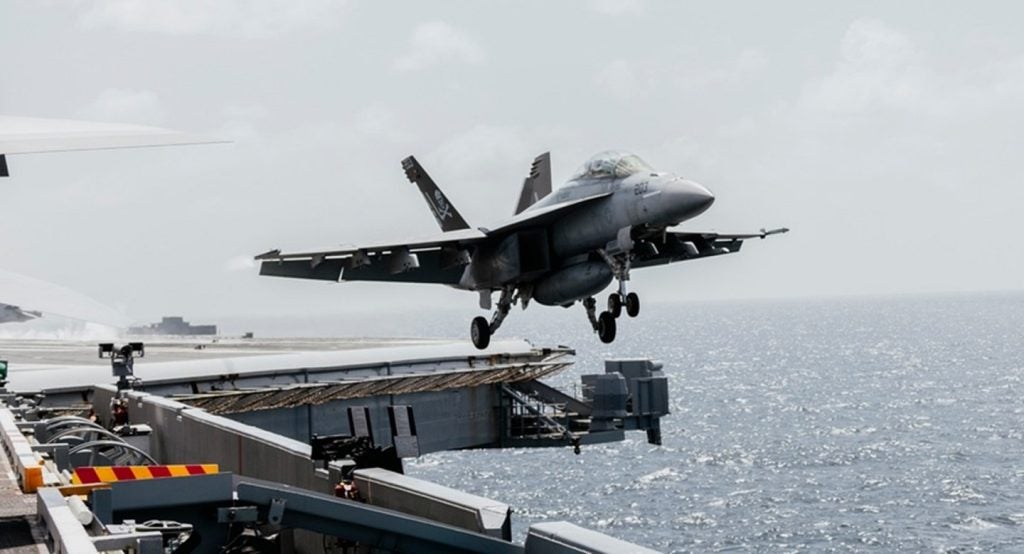
The US Air Force (USAF) has developed and tested an arctic survival kit designed to ensure the protection of the pilots of the F-35A Lightning II fighter aircraft.
The test was performed by airmen from the 354th Fighter Wing in downtown Fairbanks, Alaska, US.
A team of airmen used a subzero chamber to replicate the harsh temperatures of the Alaskan landscape.
The new kit is intended to protect pilots from subzero temperatures ‘in the event of an ejection’.
The USAF stated that the existing survival gear would not fit under the seat of an F-35A aircraft.
66th Training Squadron, Detachment 1 Arctic Survival School noncommissioned officer in charge of operations technical sergeant Garret Wright said: “We are testing the kit that Tech Sgt John Williams, Tech Sgt Benjamin Ferguson and myself have developed over the last year in preparation for the integration of the F-35.”
How well do you really know your competitors?
Access the most comprehensive Company Profiles on the market, powered by GlobalData. Save hours of research. Gain competitive edge.

Thank you!
Your download email will arrive shortly
Not ready to buy yet? Download a free sample
We are confident about the unique quality of our Company Profiles. However, we want you to make the most beneficial decision for your business, so we offer a free sample that you can download by submitting the below form
By GlobalDataTesting involved two separate chambers, with one of them at -20°F and the other at -40°F.
Team members equipped with standard cold-weather gear entered the chambers and checked how long they can wear the specialised gear from the survival kit.
The personnel stayed in the chamber for a period of six hours after putting on the new gear.
Wright was tasked with monitoring the condition of the test observers every half an hour.
Around five hours from the start of the test, he found that the temperature in one of the chambers was -65°F and the other was -51°F.
Wright added: “After realising that the ambient room temperature was at -65°F at the five-hour mark, I knew that we had accomplished far more than we originally set out to.
“Wing leaders wanted a product that would keep pilots alive at -40°F and although unplanned, the findings were clear that the sleep system could far surpass this goal.”
Following the completion of the test, the four test members came out of the subzero chamber and provided feedback on the equipment.
The team expressed confidence that the system can help pilots withstand the extreme temperatures in Alaska.







